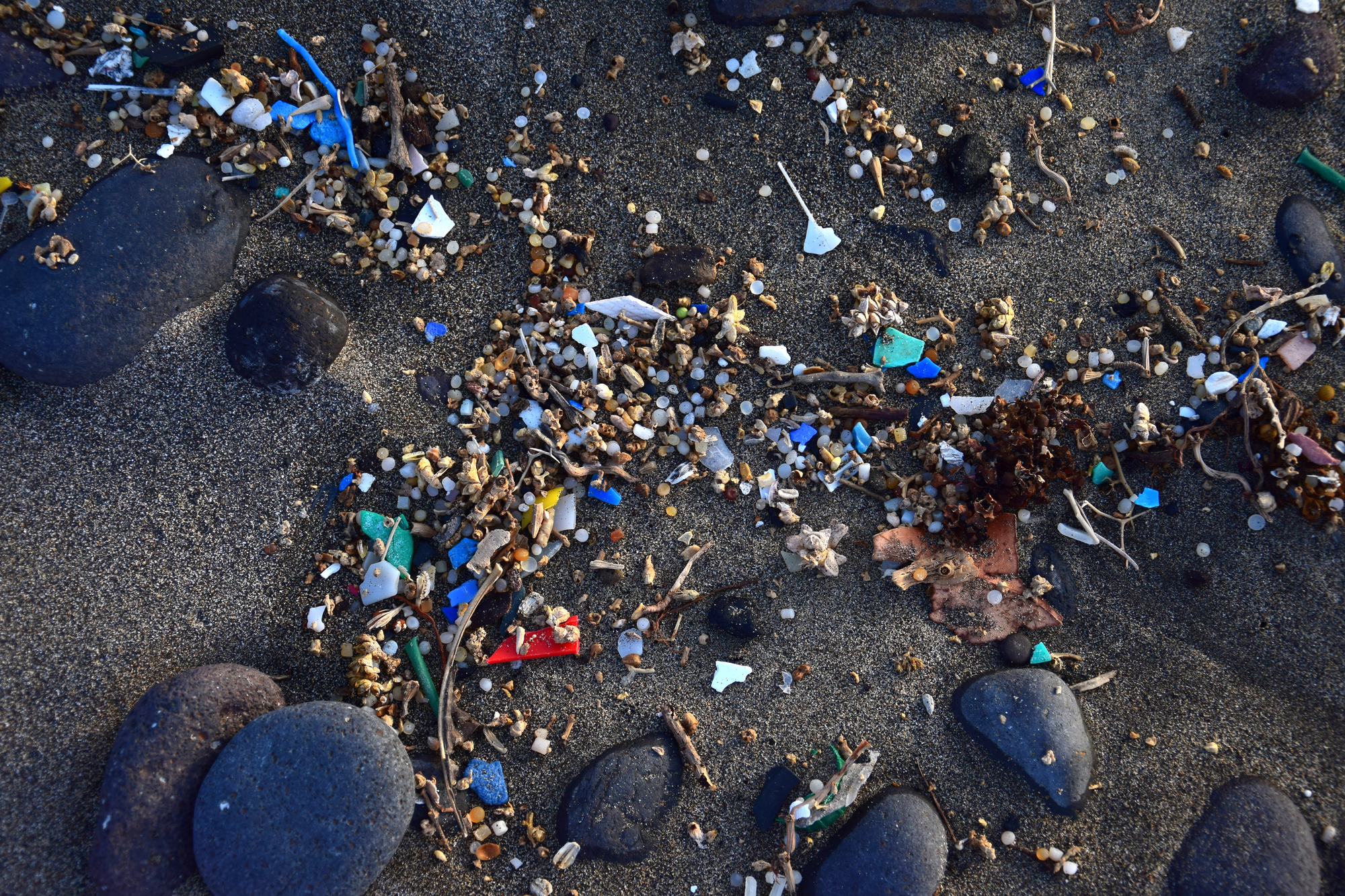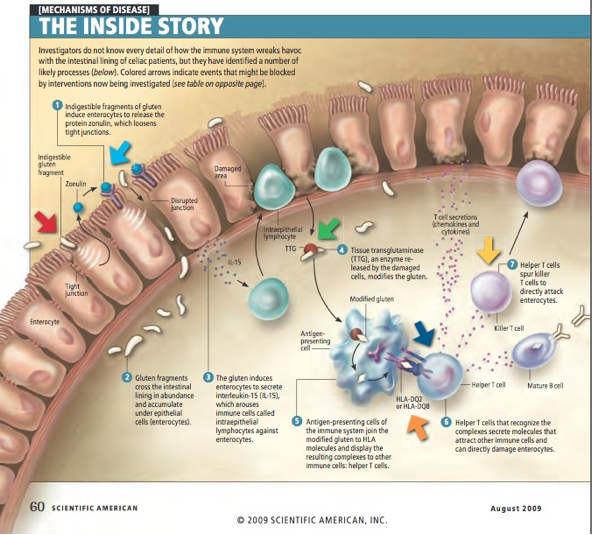The Invisible Threat: Understanding Microplastics in the Functional Medicine Space
In the ever-evolving landscape of healthcare, providers are often the first line of defense when it comes to addressing new concerns your patients face. One emerging point of focus is a misunderstood, invisible adversary: microplastics. These tiny particles have become a bigger part of our day-to-day lives, and as aRead











